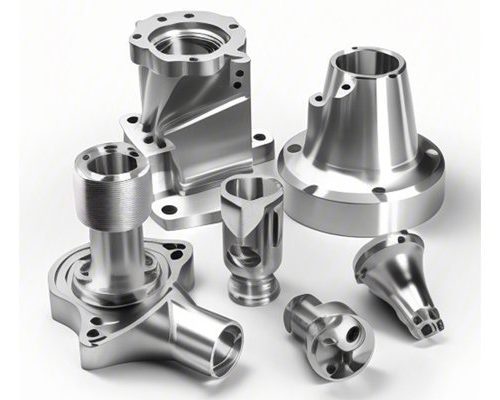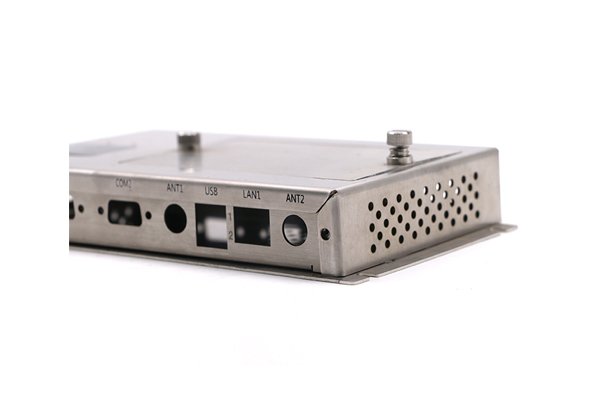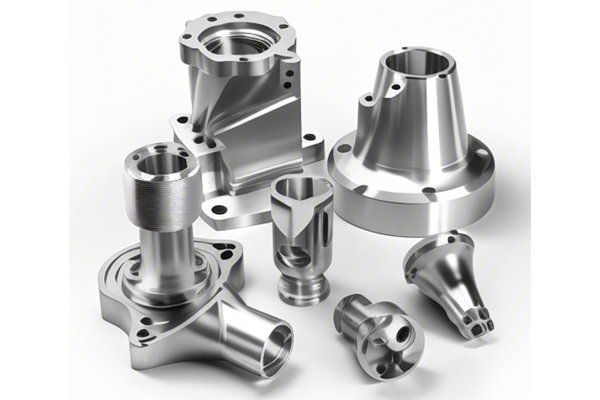Five-axis machining is revolutionizing the way we think about manufacturing. Have you ever wondered why so many industries are rapidly adopting this advanced technology? This article will delve deep into the remarkable advantages of five-axis machining and how it can enhance efficiency, accuracy, and versatility in precision manufacturing. So, buckle up! You’re about to embark on a journey through the fascinating world of machining that could transform your understanding—and perhaps even your business!
Understanding Five-Axis Machining
Before diving into the countless benefits, let’s take a moment to grasp what exactly five-axis machining is. At its core, five-axis machining refers to a type of CNC (Computer Numerical Control) machining that allows the cutting tool to move along five different axes simultaneously. Imagine a craftsman shaping wood from multiple angles, but with heightened precision and speed—that’s five-axis machining in action!
While traditional three-axis machines are great for simpler shapes, they fall short when it comes to intricate components. That’s where five-axis machining shines. It provides greater flexibility and can create complex geometries without requiring multiple setups—definitely a game changer in the precision manufacturing game!
Increased Accuracy and Precision
Let’s talk accuracy—the holy grail of manufacturing. One of the standout advantages of five-axis machining is its unmatched precision. Do you remember those times when you needed to make a critical part, and every millimeter counted? With five-axis machining, the tight tolerances you need are not just a wish; they are a promise.
By allowing for simultaneous manipulation along five different axes, this technology minimizes errors that arise during repositioning, leading to reduced scrap and rework. Think of it like threading a needle; the less you move, the higher the chance you’ll hit that sweet spot!
Enhanced Versatility
Versatility is another feather in five-axis machining’s cap. This technology isn’t merely confined to one sector; it’s like a Swiss Army knife of manufacturing! From aerospace components to intricate medical devices, five-axis machining can handle diverse materials and complex designs alike.
Are you in the automotive industry? Trying to create a bespoke part with intricate contours? With five-axis machining, the sky’s the limit! Its ability to work on various materials—including metals, plastics, and composites—makes it an invaluable asset in your machining toolbox.
Improved Surface Finish Quality
Another reason manufacturers are flocking to five-axis machining is due to its superior surface finish quality. Picture this: You have a stunning sculpture, but the rough edges spoil the beauty. Well, five-axis machining helps achieve that aesthetic finesse you desire!
The ability to work from multiple directions in one setup assists in obtaining smoother surfaces with fewer passes. While conventional methods might necessitate extensive finishing work, five-axis technology allows you to achieve a near-perfect finish right from the start. This means less post-processing and more time to focus on your next project!
Shorter Lead Times
Let’s face it: in the fast-paced world of manufacturing, time is money. The agility that five-axis machining offers can drastically shorten lead times. Why? Because the need for multiple setups is virtually eliminated, saving you both time and labor costs.
Imagine going from a lengthy production schedule filled with cumbersome setups to a streamlined process where you can get parts out the door quicker than ever. It’s like switching from a tortoise to a hare! Faster production translates into higher customer satisfaction, improved cash flow, and a competitive edge in the marketplace.
Cost Efficiency Over Time
Initially, the setup costs for five-axis machinery may seem daunting. But think of it as an investment. Consider how much time and money you can save in the long run with reduced setup and processing times, fewer errors, and less wasted material. When all is said and done, five-axis machining can lead to significant cost reductions.
Let’s break it down: less scrap, fewer labor hours, and improved turnaround times all contribute to an attractive return on investment (ROI). Doesn’t that sound like music to your ears?
Ability to Produce Complex Geometries
If you’re in the realm of precision parts manufacturing, you know that complexity can often lead to a headache. But here’s the sweet spot: five-axis machining can produce complex geometries that would leave traditional machines feeling overwhelmed.
Need to create intricate features, contours, or cavities? Five-axis machining can handle it without the need for multiple part transfers or setups. It’s like taking a scenic route around a mountain—this approach opens up avenues previously thought impossible!
Reduction of Set-Up Time
Set-up time can eat into your production schedule like a hungry beast. However, five-axis machining can help you tame this beast. By requiring fewer setups, you can focus your resources on actual production instead of fidgeting with machinery.
The reduction of setup time leads to smoother workflows and more productivity. More chips on the floor means better output—it’s a win-win! And who wouldn’t want to boast about a streamlined process?
Enhanced Tool Life
Another significant advantage of five-axis machining is the potential for longer tool life. As the cutting tools are presented to the workpiece at optimal angles throughout the machining process, wear and tear is minimized. Better tool life means fewer replacements, which, in turn, leads to cost savings.
Comparatively, think of how rough handling might wear down a tool—five-axis machining is like having a gentle hand that preserves the essence of your tools while maintaining quality production.
Integration with Automation and Robotics
In today’s age of technological advancement, the incorporation of automation and robotics is paramount. Five-axis machining is evolving alongside these innovations. By integrating advanced technologies, manufacturers can create fully automated systems that run continuously, leading to not only higher productivity but also consistent quality.
Imagine your shop floor humming like a well-oiled machine—products flowing seamlessly from one process to the next, with five-axis machining as the backbone of this automation. It’s a thrilling vision for any manufacturer looking to stay ahead!
Conclusion: Is Five-Axis Machining Right for You?
So, there you have it—the remarkable advantages of five-axis machining that could significantly enhance your precision manufacturing endeavors. From improved accuracy and versatility to cost efficiency and reduced lead times, this technology is a robust ally to any manufacturer.
But should you jump on the five-axis bandwagon? That ultimately depends on your specific needs, budget, and production goals. Take the time to evaluate your operations. Ask yourself, “Could five-axis machining be the key to unlocking greater efficiency, higher quality, and profitability in my business?”
By exploring the possibilities that five-axis machining brings to the table, you might discover solutions that will propel your business into new horizons. Remember, in the ever-evolving world of manufacturing, staying ahead of the competition is essential.
So, go forth, whether you’re a seasoned manufacturer or just starting your journey—embrace this advanced technology and watch your creations thrive! If you ever ponder about the future of manufacturing, let five-axis machining guide you into the next chapter of innovation and success. Happy machining!



